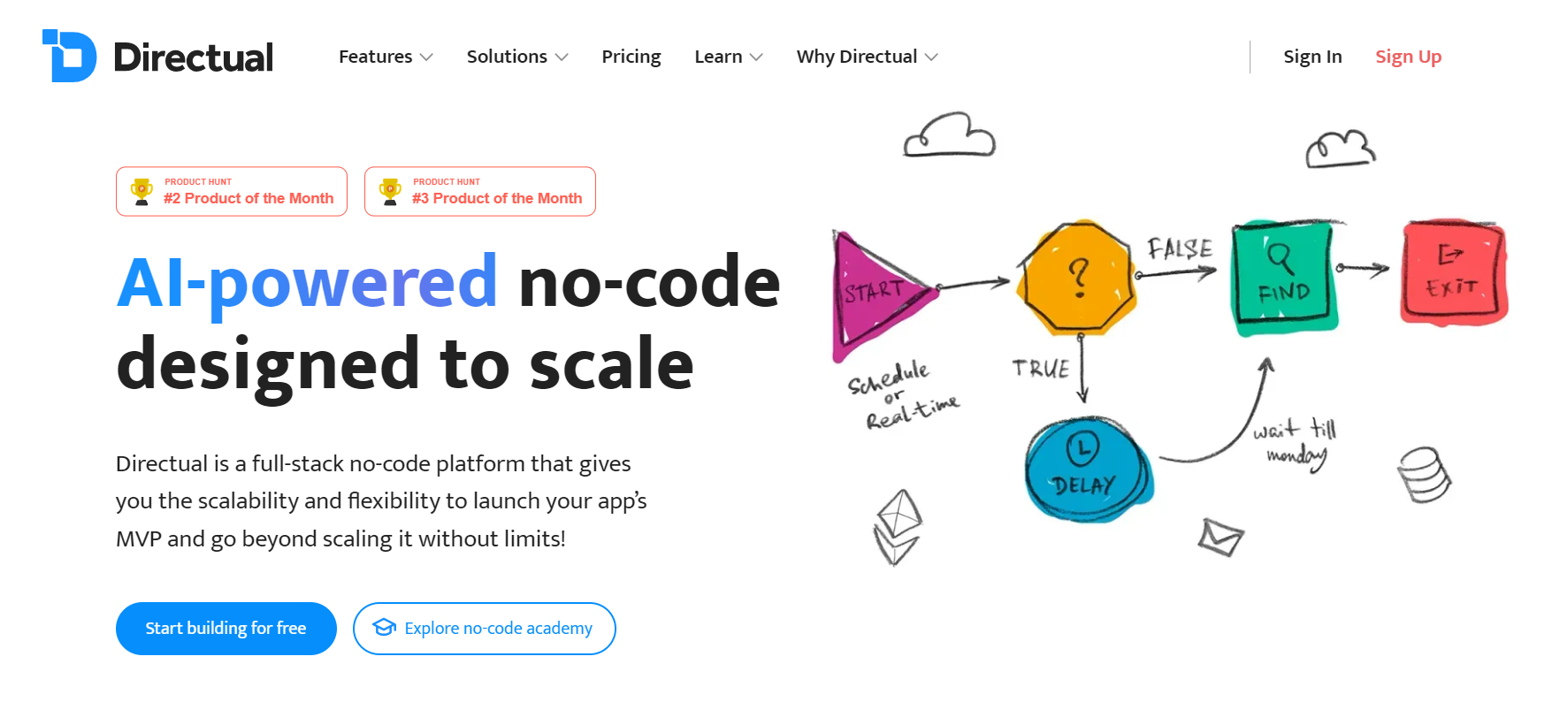No-Code Open System Database Production: Equipping Services to Build Faster
No-Code Open System Database Production: Equipping Services to Build Faster
Blog Article
Discovering the Benefits of Scalable Databases That Call For No Coding Abilities for Reliable Data Monitoring Solutions
The development of scalable data sources that get rid of the necessity for coding skills provides a transformative chance for organizations looking for efficient information monitoring services. By making it possible for non-technical customers to harness the power of information through user-friendly interfaces, these systems improve accessibility and foster cooperation throughout varied teams. Additionally, their cost-effectiveness and adaptability to progressing company requirements can dramatically enhance operational procedures. As we think about the effects of such developments, it comes to be essential to check out just how they can improve the landscape of data monitoring and drive lasting development in an affordable setting.
Enhanced Ease Of Access for Customers
Improved access for customers is a crucial aspect of scalable databases, guaranteeing that data monitoring systems are user-friendly and instinctive. In an age where data-driven choices are critical, accessibility allows a larger series of individuals, consisting of those without substantial technical expertise, to engage with data source systems efficiently. This democratization of information accessibility promotes boosted cooperation across divisions, empowering staff members to make and remove insights educated decisions.
User-friendly user interfaces, such as drag-and-drop features and aesthetic information representation, simplify intricate information interactions. These improvements decrease the learning contour connected with traditional data source monitoring, allowing users to focus on leveraging information instead than grappling with technical complexities. Scalable data sources typically include customizable control panels and real-time analytics, supplying users with immediate insights tailored to their specific demands.

Cost-Effectiveness and Source Savings
Effective information monitoring not just depends upon accessibility but likewise on cost-effectiveness and resource savings. Scalable data sources made for users without any coding skills dramatically reduce economic concerns normally associated with standard database monitoring systems. By eliminating the demand for specialized shows experience, companies can assign their resources extra efficiently, focusing funds on core company tasks instead of considerable training or working with skilled workers.
Furthermore, these databases commonly make use of cloud-based options, which further reduce expenses associated with hardware and maintenance. Organizations can scale their data source options according to their demands, staying clear of the expenditures sustained from over-provisioning sources. This versatility suggests businesses can adjust to altering needs without incurring unnecessary costs, leading to substantial lasting cost savings.
Additionally, user-friendly interfaces streamline information entry and administration processes, minimizing the moment spent on management jobs. This effectiveness converts right into labor cost financial savings, permitting teams to concentrate on strategic efforts instead than routine upkeep. Generally, taking on scalable databases that call for no coding abilities fosters an extra cost-efficient technique to information administration, allowing organizations to maximize their sources while maintaining high degrees of operational effectiveness.
Improved Partnership Across Teams

Furthermore, scalable databases assist in smooth communication amongst staff member. With user-friendly user interfaces that require no coding abilities, workers can quickly produce, customize, and share reports or dashboards tailored to their details demands. This democratization of data encourages non-technical individuals to add understandings, improving the collaborative atmosphere.
In addition, these data sources sustain simultaneous access, enabling several customers to function on the very same dataset simultaneously. This function enhances performance, as groups can participate in joint information analysis without the danger of variation control concerns. The capacity to leave remarks or notes straight within the data source better promotes discussion and clears up information interpretations.
Streamlined Data Management Processes
In today's data-driven atmosphere, organizations recognize the requirement of structured data management processes webpage to make the most of effectiveness and precision. By leveraging scalable data sources that require no coding skills, organizations can streamline their information handling and minimize the complexities typically associated with typical database systems. This access empowers non-technical customers to engage directly with data, facilitating quicker decision-making and lowering reliance on specialized IT personnel.
Structured data management processes boost operations by automating regular jobs such as information access, validation, and coverage. Automated information integration makes sure that information from various resources is accumulated perfectly, getting rid of silos and cultivating a linked sight of essential service metrics (no-code). Easy to use user interfaces enable workers to adjust data quickly, enabling them to create understandings that drive tactical campaigns without the need for comprehensive training.
This performance not only speeds up functional procedures his explanation yet likewise lessens the capacity for human error, making certain that data remains accurate and trustworthy. Inevitably, structured information administration processes via scalable data sources result in enhanced efficiency, permitting organizations to concentrate on core tasks while guaranteeing that their data monitoring techniques are effective and effective.
Scalability for Expanding Services

For increasing ventures, the capacity to scale up or down is essential. A scalable data source can manage an increase of data created from new customers, products, or services, ensuring that company operations remain uninterrupted. Furthermore, these databases offer the ability to manage peak lots efficiently, which is essential throughout periods of fast growth or seasonal spikes.
In addition, many scalable database remedies are developed with user-friendly user interfaces that need no coding skills, equipping non-technical personnel to manage information properly (no-code). This democratization of information monitoring permits organizations to allocate sources purposefully and reduce reliance on specialized IT employees
Ultimately, adopting a scalable data source not just boosts functional performance yet look at this now likewise promotes an environment where services can progress and innovate without the restraints of conventional data source systems. This adaptability placements organizations for lasting success in today's competitive landscape.
Conclusion
In conclusion, scalable databases that require no coding abilities provide substantial advantages for reliable data monitoring. These systems enhance accessibility for non-technical users, lower functional prices, and promote cooperation throughout teams. By streamlining information management procedures and providing scalability for growing companies, such solutions enable companies to adapt to changing demands properly. Eventually, the adoption of these easy to use data sources promotes technology and positions companies for long-lasting success in a vibrant setting.
Boosted accessibility for users is an important element of scalable data sources, ensuring that information monitoring systems are user-friendly and straightforward.Straightforward interfaces, such as visual data and drag-and-drop features representation, simplify complicated information interactions. On the whole, adopting scalable data sources that need no coding abilities fosters an extra cost-effective technique to data management, enabling organizations to maximize their sources while maintaining high degrees of operational performance.
By leveraging scalable databases that require no coding abilities, businesses can simplify their information handling and minimize the intricacies normally associated with conventional database systems - no-code.Structured data administration processes boost process by automating regular tasks such as data access, validation, and coverage
Report this page